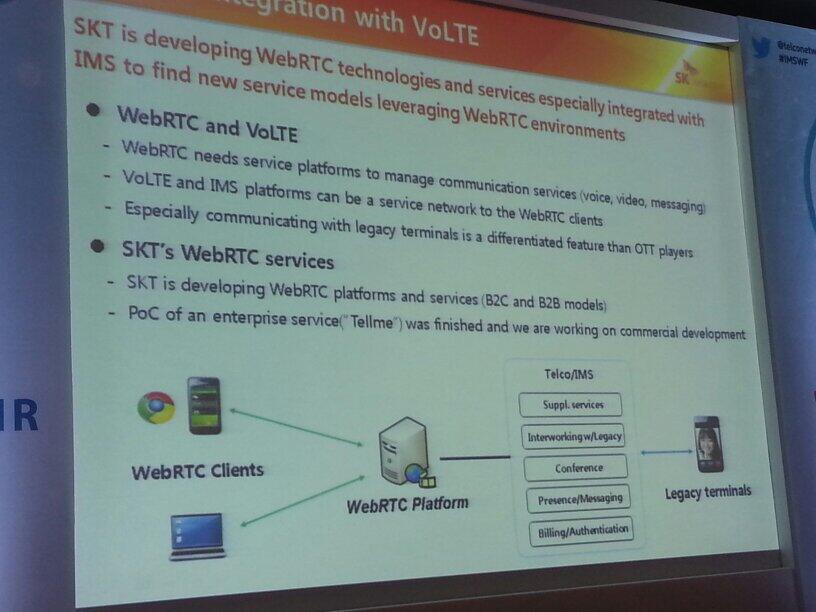The following is an extract from an article from
Capana:
From the 1st of July 2014, the new EU Roaming Regulations III will become active.
The new EU Roaming regulations set by the European Commission, will allow retail mobile customers to purchase roaming services (such as voice, SMS and data) from an Alternative Roaming Provider (ARP) separate from their domestic service provider (DSP), without affecting either mobile number or device.
The general idea behind the regulations is to promote the interests of European citizens by increase competition between European operators, provide greater transparency, reduce bill shocks, and ultimately provide a greater roaming experience and higher quality of service for consumers.
European Commission President Jose Manuel Barosso said in a press release:
“Further substantial progress towards a European single market for telecoms is essential for Europe’s strategic interests and economic progress. For the telecoms sector itself and for citizens who are frustrated that they do not have full and fair access to internet and mobile services.”
Vice President Neelie Kroes, the Digital Agenda Commissioner responsible for package then continued in the same press release by saying:
“The legislation proposed today is great news for the future of mobile and internet in Europe. The European Commission says no to roaming premiums, yes to net neutrality, yes to investment, yes to new jobs. Fixing the telecoms sector is no longer about this one sector but about supporting the sustainable development of all sectors.”
Requirements
The process of selecting an ARP and its services while abroad within EU is more commonly known as decoupling or separate sale of roaming services. BEREC (the body of European Regulators for Electronic Communications) have provided the European Commission with their recommendations of two decoupling models that should be supported; Local breakout (LBO, which is the local provisioning of data services by a visited network operator, or Single IMSI solution where the ARP acts as a reseller of the DSPs service offerings.
Decoupling using Single IMSI
With the Single IMSI solution the ARP will engage in agreements with each domestic operator providing domestic services, then the ARP will act as a reseller of these services to the roaming subscriber. This type of solution is applicable for all types of service providers such as mobile network operators, MVNOs or VSPs. From a subscriber standpoint, they will have a roaming agreement with the ARP regardless of the DSP and the DSP is required to activate services within one working day.
Decoupling using Local Breakout
The Local breakout model refers to local provisioning of data services only, where the services is provided directly on the visited network and traditional SMS and voice traffic is supplied by the home operator in traditional roaming manner. By using the 3GPP option for local breakouts, the VPMN will be able to act as ARP for internet access and other data services.
With these new regulatory changes, there is a higher demand on flexibility in billing systems. Support for more complex multi-partner business models for ARP and MVNO is necessary for both billing and financial settlement activities.
Raymond Bouwman from Rabion Consultancy did an excellent presentation last year in the LTE World Summit, here is his presentation explaining more about the EU Roaming Regulations III


















